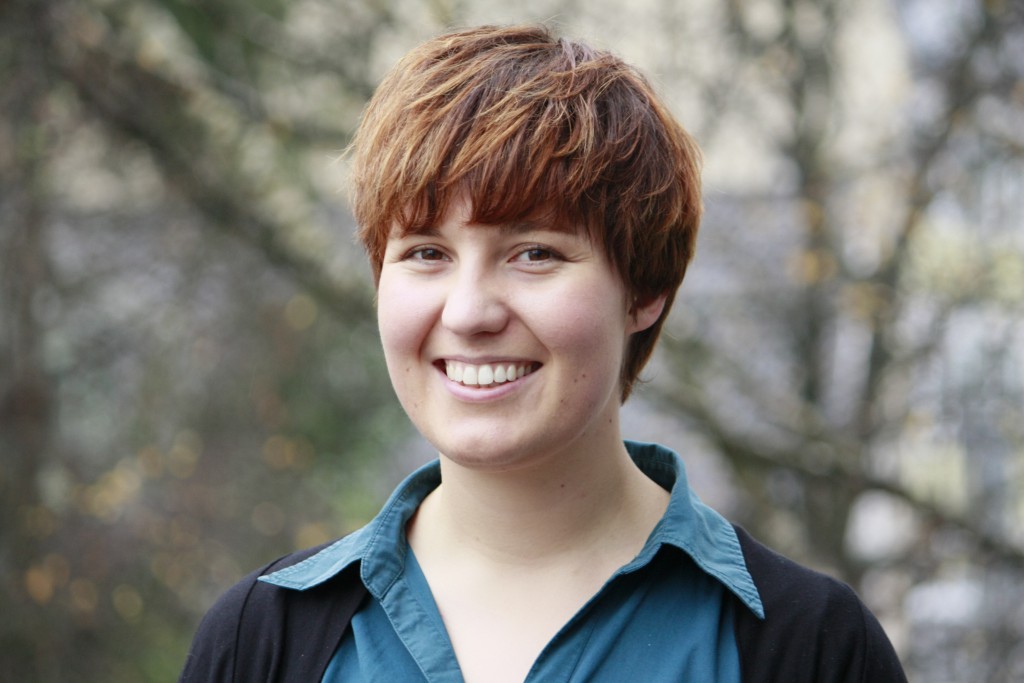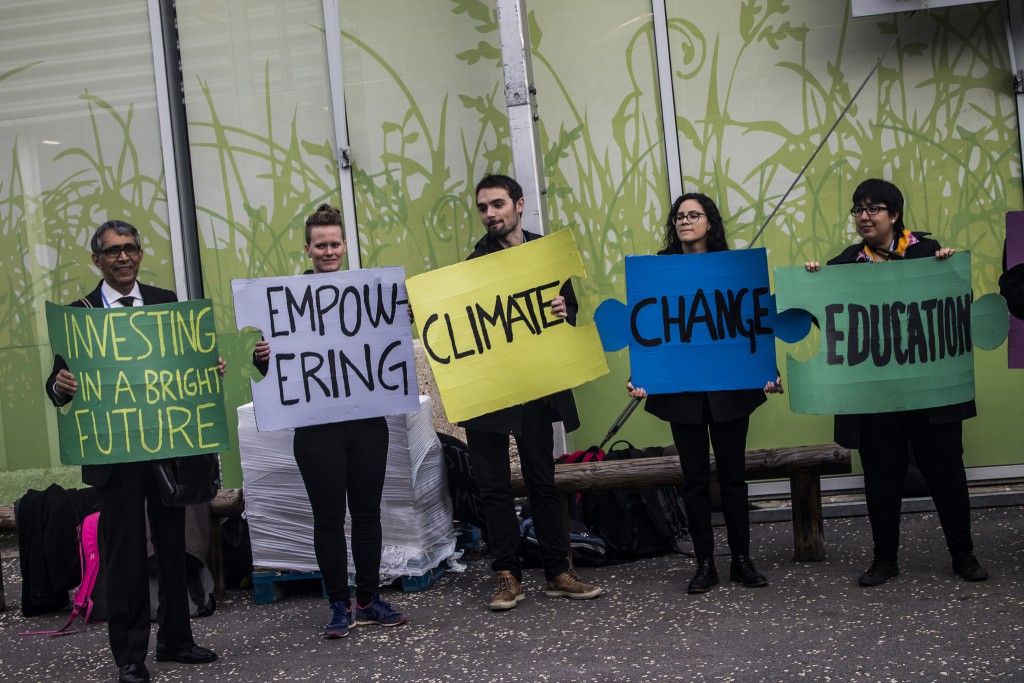
I’ve never considered myself a radical youth, a hard-core feminist or any other kind of fundamental advocate. However, being at COP in Paris, I recognized power dynamics that I had for a long time considered things of the past.
I recognized people struggling with antiquated roles that are not visible or formulated but resonated everywhere. I saw women, youth and people from developing countries being marginalized (perhaps inadvertently) by the black-and white masses of the “middle-aged-white-men wearing black”. I am sorry to dig out stereotypes, and my expressions might be a little exaggerated, but my point is, at COP, not all voices are equally heard and considered. Let me describe some of my observations that brought me to these conclusions:

Walking around the venue – on the surface there seemed to be both men and women and a diversity of races, cultures and ages represented. However, at the side events (speeches, presentations and panels) the uniformity in gender, age and cultural context among speakers was remarkable. Just for fun, at some of the side events I started taking statistics on the speakers’ diversity. The result were as surprising as they were alarming. Bearing in mind the importance of diverse people from around the world having their unique voices and perspectives heard on climate change, the effect is has on communities and possible actions that could be taken, the lack of representation for many minority groups was very concerning. From all the panels I attended; of the usual seven to eight speakers on a typical panel, the most diversity I observed were two women and two non “white” people (oh, how I hate this categorization).
Sometimes, these seemingly quota-filling individuals were merged into one person. When it came to youth – the seeming lack of representation was even more serious. While I didn’t ask everyone their age, from what I saw, I believe not a single speaker was under 40. The only exceptions to these statistics that I observed were the side events about:
- “Gender issues”: going to the other extreme, having very few men on the panel
- “Young innovators”: having a good mixture of youth and middle-aged men. Yes only men – which made it again, very one-sided
- “Africa Day”: Had only non-white people on the panel and fitting into the statistic of having two women from seven panelists
- “Human rights”: Had the best gender balance of any panel I saw with four women (with two none-white people among them) and three men
It seems to me, that everyone is doing his or her own thing, trying to rebel against existing preconceptions and always accusing “the other side”. Women ally with women to “fight” the male “predominance.” Why they should ally with men to address the issue seriously? Youth ally themselves with youth at special youth events or in activists groups celebrating their creative and innovative ideas. Why should they speak up in the official meetings? You get the idea..
Please don’t get me wrong – there is nothing wrong with forming alliances with people that share the same thoughts and opinions as you- but the actions move in the wrong direction when the alliances start to form blocks instead of broad coalitions. Without communicating these limitations (which is what this blog entry tries to do), a dialogue between the different positions cannot be facilitated and instead front lines harden further.
The conflict arising through the under-representation of women, youth, indigenous people and others further continues. It is not only about having faces be seen, but about having voices be heard. Voices, that do not accuse, blame or beg, but voices that tell the truth in an understandable and just way. When facing under-representation and marginalization, I have the feeling that these voices (with women being by far the largest minority in society, you know) feel the need to team up – which is good in the first place. However, in the way these groups communicate, they expose themselves to a situation of weakness and inability which is not needed. They feel the need to fight against prejudices and preconceptions that they assume exist in their audiences’ heads. Let me give you some examples to illustrate what I mean:
- Each and every speaker at the “Africa Day” emphasized at least two times that they “are not here to beg” – assuming that everybody was expecting developing countries to be begging in Paris
- The youth speakers emphasized their need for more and better education, especially in situations like this – assuming that youth do not have any chance of making their point facing the high-level experiences of the older people
- Women speaking up and reinforcing the work and the efforts of many other women – assuming that the women’s good work will otherwise not be recognized
We should be far beyond the point of having to justify what we do and why we do it. These issues have been recognized for a long time in the Declaration of Human Rights.
What is missing now is the implementation of these points in a way so no one feels underrepresented, marginalized and consequently feels the need to justify themselves. Establishing an equal and just way of communicating our thoughts and opinions, in an environment that enables a fair dialogue would relax communication and allow us to focus on the things that are actually important: like including human rights issues into the Paris agreement.